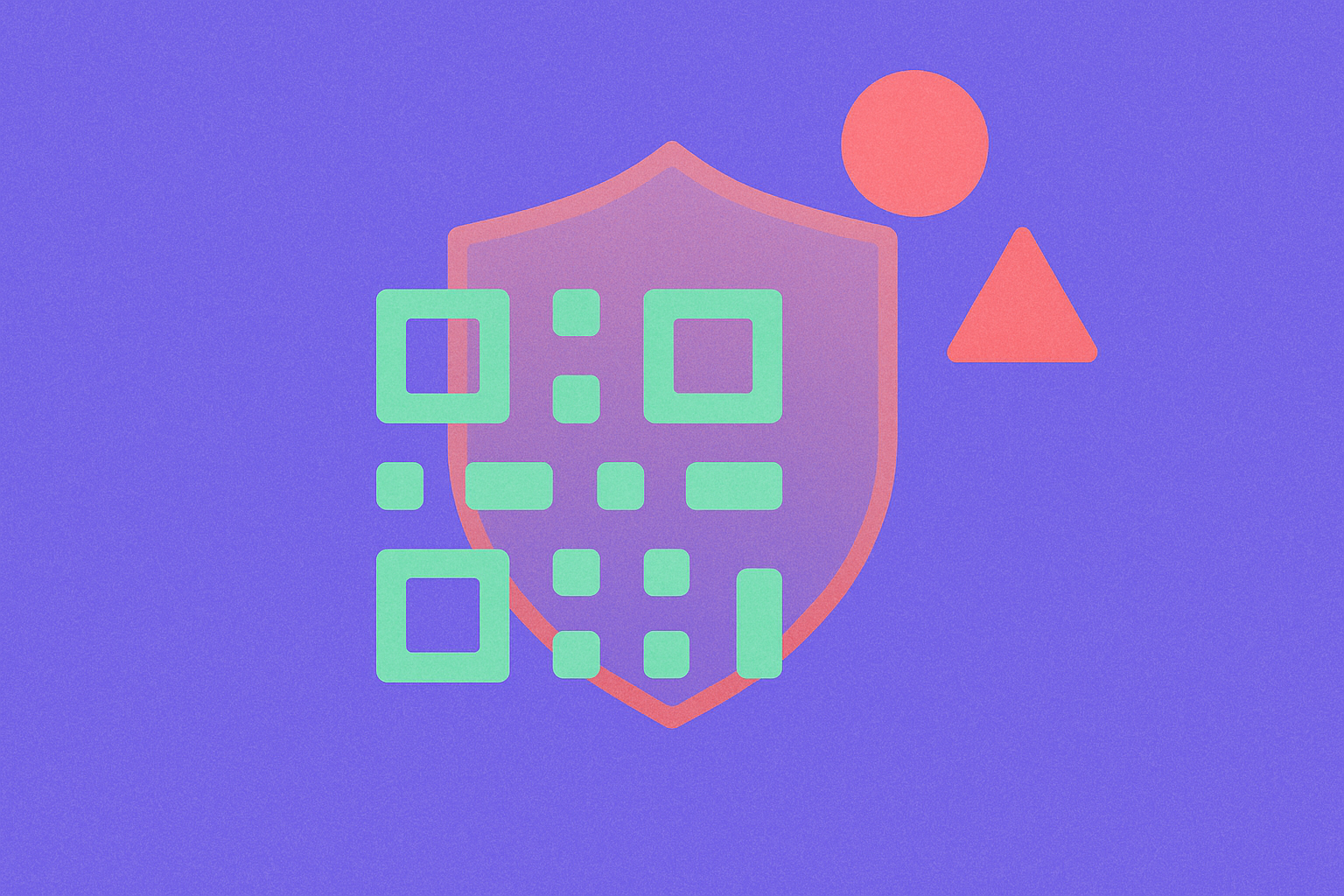blockchain private key qr code

Blockchain private key is the critical credential for accessing and controlling crypto assets. Blockchain private key QR code is a method of encoding private key information into a QR code image, allowing users to more conveniently backup, transfer, or recover their wallet access. This approach converts complex alphanumeric private key strings into scannable image formats, both simplifying the input process and reducing the potential for errors that might occur during manual entry.
Background: The Origin of Blockchain Private Key QR Codes
The concept of blockchain private key QR codes emerged from the combination of cryptocurrency wallet backup needs and QR code technology. Following the launch of Bitcoin in 2009, users faced challenges in securely storing private keys. Traditional private keys were long character strings prone to transcription errors. Around 2011-2012, the cryptocurrency community began adopting QR code technology to simplify the process of backing up and restoring private keys. This innovation was particularly embraced by mobile wallet applications that needed a more efficient way to help users backup their private keys.
As the cryptocurrency ecosystem expanded, wallet developers further refined this technology, adding encryption layers and verification mechanisms to enhance the security and reliability of QR code backups. Today, almost all mainstream wallet applications support exporting and importing private keys or recovery phrases via QR codes.
Work Mechanism: How Blockchain Private Key QR Codes Function
The working principle of blockchain private key QR codes is based on data encoding and image generation technologies:
- Data encoding: The system first obtains the user's private key or recovery phrase, typically a string of random characters or a set of specific words.
- Format conversion: This data is converted into a format acceptable for QR codes, sometimes with additional metadata such as wallet type, cryptocurrency network, etc.
- QR code generation: Software uses specific algorithms to transform the encoded data into a matrix of black and white pixels, creating the QR code image.
- Recovery process: When wallet restoration is needed, users scan the QR code through a compatible application, which decodes the image, extracts the private key information, and rebuilds wallet access.
Many wallets also offer encryption protection options, requiring users to set passwords to encrypt the private key data within the QR code, ensuring that even if the QR code is obtained by others, the wallet cannot be restored without the password.
Risks and Challenges of Blockchain Private Key QR Codes
While blockchain private key QR codes offer convenience, they also present a series of security risks and challenges:
-
Security risks:
- Visual exposure: QR codes can be inadvertently leaked in ways invisible to the human eye but capturable by cameras
- Screenshot risks: Screen captures might unintentionally record private key QR codes and store them on devices
- Malware threats: Spyware on devices could scan and upload found QR code images
-
Technical limitations:
- Image degradation: Printed QR codes may become difficult to recover due to fading, tearing, or staining
- Scanning failures: Low-quality cameras or poor lighting conditions may lead to QR code scanning failures
- Compatibility issues: QR code formats used by different wallet applications may not be fully compatible
-
Usage challenges:
- Version updates: Wallet software updates may change QR code formats, causing older QR codes to become unusable
- User errors: Failing to properly backup QR codes or losing associated passwords
- Awareness gaps: Many users don't understand the fundamental difference between private key QR codes and regular QR codes
Security experts recommend that users store private key QR codes in offline environments, avoid displaying them in public settings, and consider additional security measures such as encryption protection and multi-factor authentication.
Blockchain private key QR codes represent a balance between convenience and security in cryptocurrency management. They simplify wallet backup and recovery processes, making crypto asset management more user-friendly. However, users must understand that this convenience comes with significant security responsibilities. Regardless of the backup method used, cryptocurrency holders should remember: whoever controls the private key controls the assets. Therefore, securely storing private key QR codes is as important as protecting physical property. With the development of biometric technology and secure hardware, future private key management may incorporate multiple technologies, providing more secure and user-friendly solutions.
Share
Related Articles

How to Do Your Own Research (DYOR)?

What Is Fundamental Analysis?
